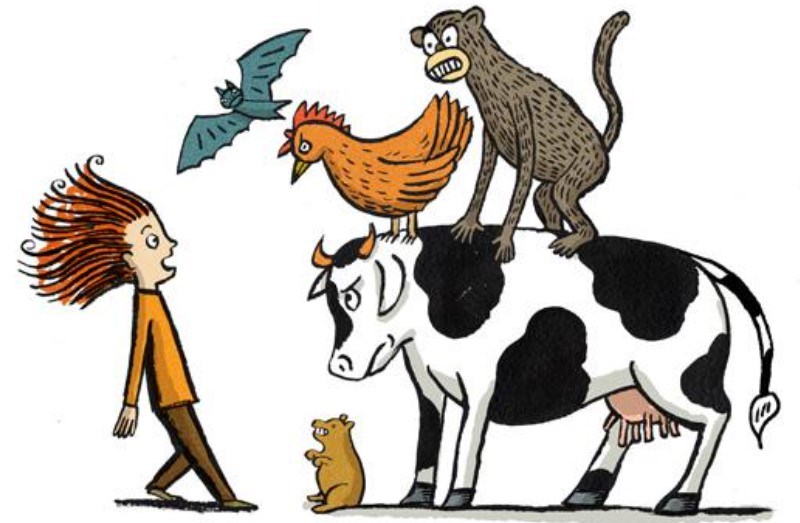In my travels controlling rodents and wildlife, I am often asked what diseases the particular animal I’m dealing with can harbour. In fact, the spread of a disease between animals and humans is called a zoonotic disease. Six out of 10 diseases in humans are spread from animals. Zoonotic diseases can be caused by viruses, bacteria, parasites and fungi. Of course, diseases can be spread to us humans directly, through handling of the animal and contact with their feces, urine, saliva, bites or eating food that is contaminated with urine or feces. We also can be infected by airborne transmission, breathing in dust that is contaminated, and indirect contact through ticks, mites or fleas that have fed on an infected animal. Here is a list of common diseases that I might encounter in my day to day business.
Diseases directly transmitted by mice and rats include: Hantavirus Pulmonary Syndrome, Hemorrhagic Fever with Renal Syndrome, Lassa fever, Leptospirosis, Lymphocytic Chorio-meningitis, Omsk Hemorrhagic Fever, Plague, Rat-Bite Fever, Salmonellosis, Argentine hemorrhagic fever, Bolivian hemorrhagic fever, Sabiá-associated hemorrhagic fever, Venezuelan hemorrhagic fever and Tularemia (and others)
Diseases directly transmitted by squirrels include: Salmonellosis, Lyme disease, Tularemia, Leptospirosis and Rabies.
Diseases directly transmitted by skunks include: Leptospirosis, Baylisascaris Columnaris, Distemper and Canine Hepatitis
Diseases directly transmitted by raccoons include: Rabies, Raccoon roundworm called Baylisascaris and Leptospirosis


